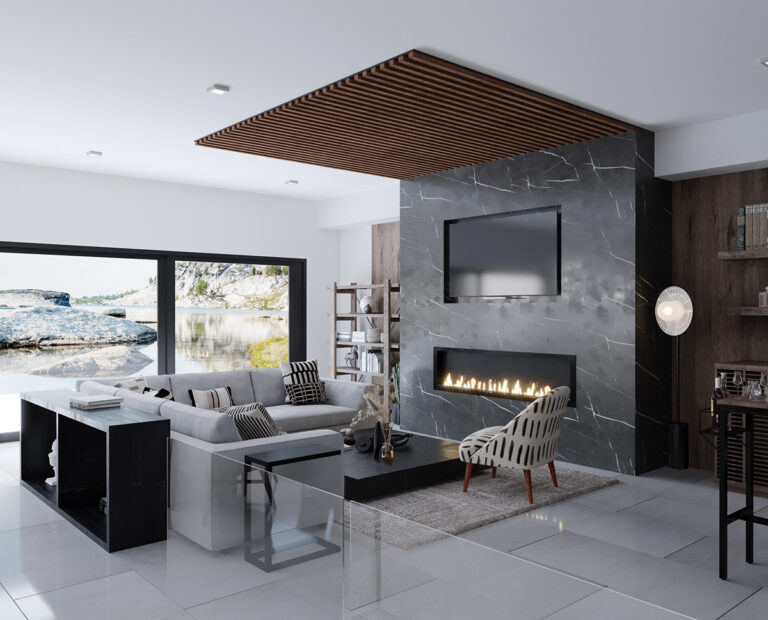Exploring the Intersection of Technology and Craftsmanship in Interior Design

In an era of rapid technological advancements, interior design is experiencing a fascinating blend of high-tech innovation and traditional craftsmanship. This intersection offers new opportunities for creativity and precision while preserving the value of handmade, artisanal work. Let’s explore how technology and craftsmanship are coming together to shape the future of interior design:
1. Traditional Craftsmanship Meets Modern Technology
Craftsmanship has always been an integral part of interior design, with skilled artisans creating bespoke furniture, fixtures, and décor items. Today, technology is enhancing these skills, allowing designers to produce intricate and precise designs that were previously unattainable. Tools like CNC machines, laser cutters, and 3D printers enable designers to create highly detailed and customized pieces with a level of accuracy that complements the quality of handcrafted materials.
2. Digital Design Tools and Artisan Crafting
Digital design tools, such as AutoCAD, Rhino, and SketchUp, are making it easier for designers to conceptualize and plan their work. These tools allow for the creation of precise blueprints, which can then be handed over to craftsmen who can interpret them to create physical pieces. For example, a furniture designer can use 3D modeling software to develop an intricate design, then transfer the design to a CNC machine for cutting and shaping wood or metal.
While technology improves precision, artisans bring their expertise, creativity, and attention to detail to ensure that each piece carries the human touch. This fusion ensures that modern designs maintain the charm of handmade objects while benefiting from the advantages of cutting-edge technology.
3. 3D Printing and Customization
3D printing has emerged as a game-changer in interior design, particularly in the realm of custom pieces. Designers can now create prototypes or even final products in a wide variety of materials, including metals, plastics, and ceramics. The beauty of 3D printing lies in its ability to create one-of-a-kind items that suit the client’s exact specifications without the limitations of traditional manufacturing methods.
Artisans, too, are adopting 3D printing techniques to create customized elements for interiors, combining technology and craftsmanship to produce unique furniture, fixtures, and lighting designs that reflect both modern and traditional aesthetics.
4. Technology-Enhanced Materials
Innovation in materials science is also playing a role in interior design. Traditional materials like wood, metal, and ceramics are being combined with new technologies to create sustainable, durable, and aesthetically appealing products. For example, designers are using augmented concrete, which can be molded into intricate shapes and is lightweight and durable. Additionally, materials with integrated technology—such as self-healing concrete or smart textiles—are pushing the boundaries of what’s possible in both design and functionality.
5. Sustainability and Craftsmanship
As sustainability becomes a primary focus in interior design, combining craftsmanship with technology provides new ways to address environmental concerns. Designers are using advanced techniques like digital fabrication to reduce waste and maximize the use of eco-friendly materials. Handcrafted elements are often made using reclaimed or sustainably sourced materials, allowing designers to create unique, environmentally responsible interiors that still celebrate craftsmanship.
6. Enhancing the Client Experience
The intersection of technology and craftsmanship is also enhancing the client experience. Virtual reality (VR) and augmented reality (AR) tools are being used to give clients a more immersive design experience. Instead of relying solely on physical samples or sketches, clients can use AR to visualize how custom-crafted pieces will look in their space. This blend of technology and craftsmanship provides a richer, more personalized design process.
Conclusion
The marriage of technology and craftsmanship is reshaping the world of interior design. By combining the precision and customization of digital tools with the creativity and artistry of traditional craftsmanship, designers can create spaces that are both innovative and timeless. This fusion not only allows for the production of unique pieces but also enhances the overall design process, offering clients an experience that is as personalized and detailed as the spaces they inhabit.






